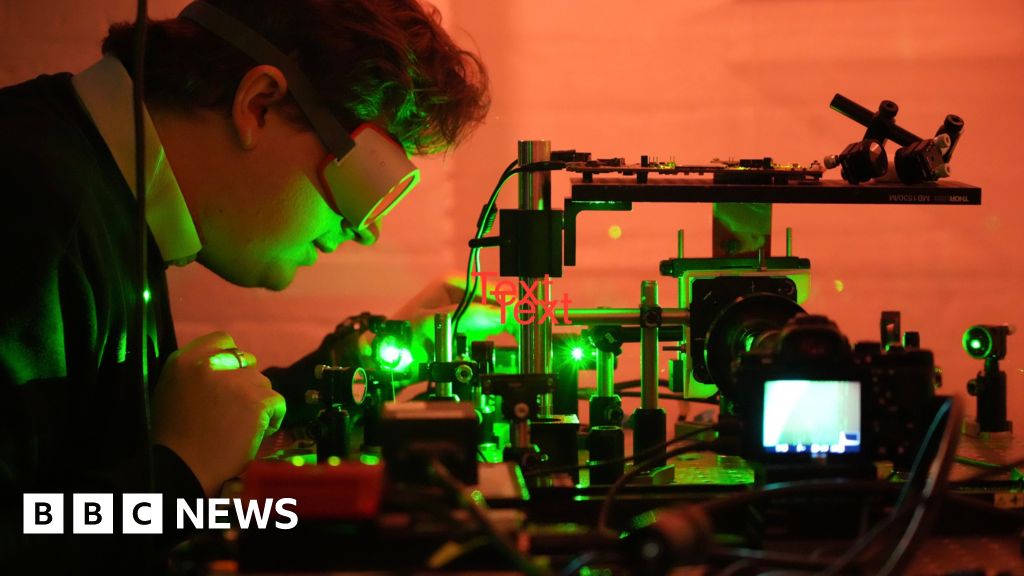In a former wallpaper factory in Chiswick, west London, a start-up firm has been developing a long-term storage system that uses lasers to burn tiny holograms into a light-sensitive polymer.
Chief executive Charlie Gale points out that with magnetic tape, data can only be stored on the surface, whereas holograms can store data in multiple layers.
“You can do things called multiplexing, whereby you can layer multiple sets of information in one space. That’s really kind of the superpower of what we’re doing. And we believe we can put more information in less space than ever before,” he says.
HoloMem’s polymer blocks can handle extreme temperatures, without the data becoming corrupted - between -14C to 160C.
By comparison, magnetic tape needs to be kept between 16C and 25C, which means significant heating and cooling costs, particularly in countries with extreme temperatures.
Tape also needs replacing after around 15 years, whereas the polymer is good for at least 50 years.



This is true for stone and fossils, would this also be the case for crystal? I’m under the impression that their chain is pretty much set in stone (pun not intended), to the point where longevity would mostly be risked by cracking damage. Similar to how we see the striations of lightning strikes.
Could also definitely be survivorship though!